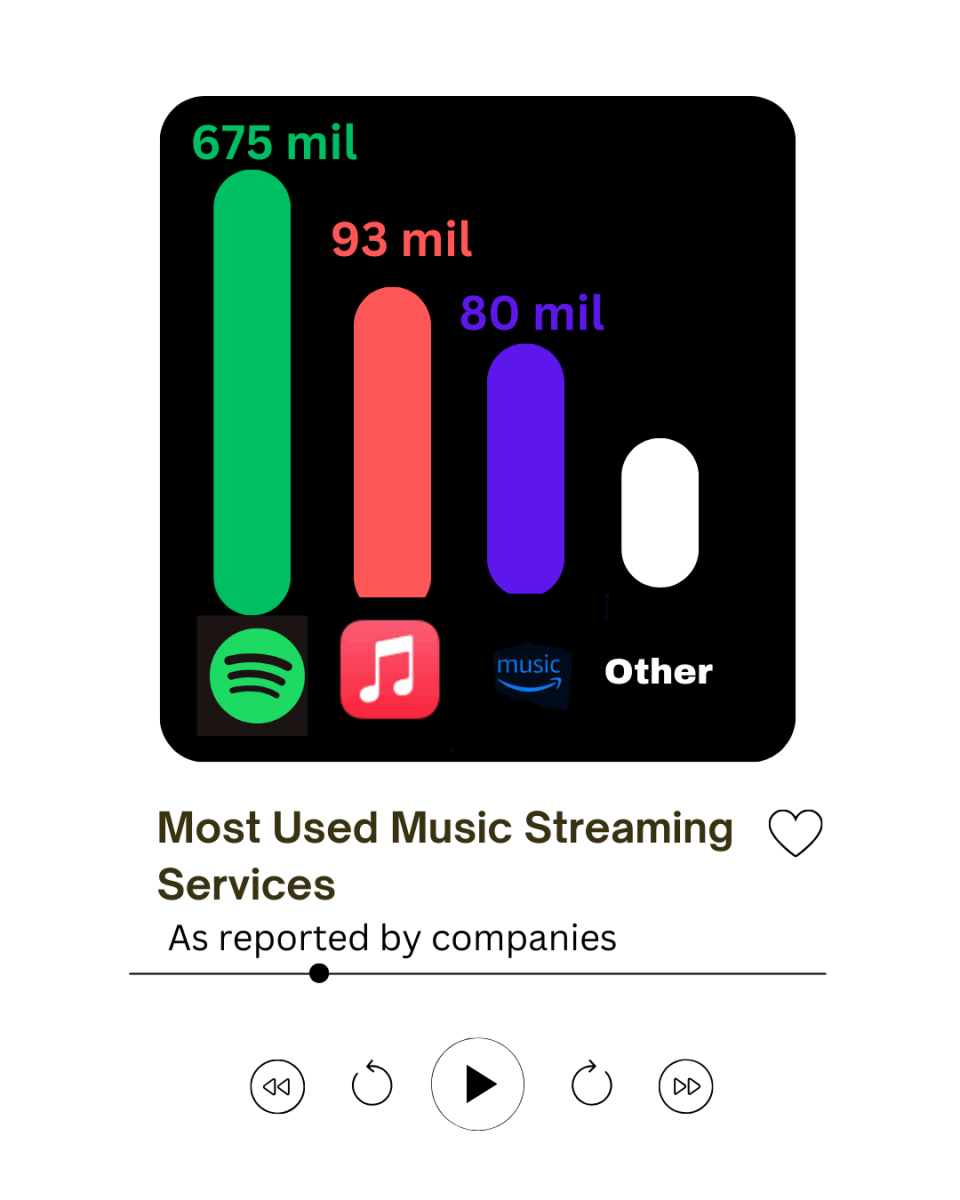Flint, Michigan, used to be like most cities in America: unheard of (unless you’ve heard Sufjan Stevens’s album, “Michigan”). However, Flint’s notoriety has skyrocketed thanks to a life-threatening water crisis that was officially declared in April 2014, making the most-populated city in Genesee County a well-known subject of global news.
Although it’s well-known that Flint is having a water crisis because of lead, the water’s historic toxicity and how many residents are affected are less widely reported subtopics. The water source in Flint changed from Lake Huron to the Flint River “nearly two years ago” due to “a financial state of emergency” in Flint as the Flint River water supply was cheaper in cost than Lake Huron, according to CNN.
But how did this happen in the first place- How did the Flint River’s water become so toxic? The toxicity of the Flint River is nothing new — the city of Flint’s water supply came from its highly contaminated river before 1974 and during 2014-2015. In an investigative report by an online news website, The Verge used more than 400 historical documents and came to the conclusion that the Flint River has been unsafe since the 1830s. During the 1830s in Michigan, industrialization was extremely common; this is when lumber mills in Flint were first introduced. As more paper mills, chemical processing and mass production factories were added to the town, all of the pollution ended up right in the Flint River.
The river’s toxicity continued to linger one hundred years later, through the 1930s, when “the fish began to disappear — first in the Flint River, then in the Shiawassee and Saginaw Bay.” Then, in 1960, the Michigan Water Resources Commission gave the city of Flint three years to “abate unlawful pollution of the Flint River,” and when the requirement of removing and/or relocating factories and other polluting factors wasn’t met, Flint switched to Detroit’s water source, Lake Huron, in 1967.
The Verge also found that, “Before processing, the water itself is polluted from four sources: natural biological waste; treated industrial and human waste; untreated waste intentionally or accidentally dumped into the river; and contaminants washed into the river by rain or snow.” The timeline goes on to explain how “in 1977, a crack in the main water pipe from Lake Huron caused the city to temporarily switch to Flint River water and local filtration. Residents then reported a poor taste. Later reports indicate that it took, ‘10 times the amount of chemicals to treat Flint River water than Lake Huron.’”
A briefing sent in late 2015/early 2016 to Michigan Governor Rick Snyder estimated that replacing pipes “would likely take up to 15 years.” This would cost around $60 million to complete, since “there are less than 33,000 total service connections in the city” and because “the average cost to replace a lead service line at an individual home costs $2,000-$8,000,” which are claims cited from paraphrased and direct quotes attributed to Snyder’s massive document release. The release occurred on Jan. 20 after public demand, and it “includes 274 pages of documents, including communications on Flint water issues, public safety and lawsuits,” according to Michigan Live.
That’s not the only hot water (pun not intended) Snyder is in either — according to The Detroit Free Press, on March 17, he testified at Congressional hearings relating to the Flint water crisis. ABC News reported that during these hearings, government officials in Michigan called for Snyder’s resignation. Many rightful critiques of Snyder’s handling of the water crisis were spoken about during the hearing.
One of the comments directed at Synder that captured the betrayal that citizens in Flint feel over a lack of action against toxic water was from Rep. Brenda Lawrence, who asked the Michigan governor, “Are you saying that the people you trusted… that they failed to inform you of a health crisis in your state?”
And if that’s not enough, President Barack Obama visited Flint on May 4 to follow up on the water crisis, attend meetings and call for further action. Since many Flint citizens blame Snyder for the ongoing lead toxicity in water, this didn’t look so great on his record. Democratic presidential candidates Bernie Sanders and Hillary Clinton have both called for Snyder’s resignation, according to The Washington Times. There are some petitions online that demand that Snyder resign or even some calling for an investigation on him by the FBI and others that want the Michigan governor arrested.
With all of the fury of many of his political peers and Flint residents, it is very easy to place the blame on the Michigan governor. According to The Daily Beast, Snyder released emails from his government account after public demand. The release just fueled public outrage even more, since most information contained in the emails was redacted with black covering and Snyder had also deleted emails relating to the Flint River’s safety, only to deny doing so. Snyder’s response to accusations of deleting public information in a written testimony was: “I have not, to my knowledge, deleted any relevant item after the litigation hold issued and in fact steps have been taken including backups, etc. to ensure that relevant documents are preserved.” He added, “As to the date prior to that, I have no memory of deleting an email that would be relevant and think it would be unlikely that I did so.”
Despite all of the morally questionable actions that Snyder did or didn’t take in response to Flint’s water supply, the water crisis in Flint is not entirely his fault. There’s the extensive history of what contributed to the Flint River’s toxicity listed in paragraphs above and that isn’t a one-person job. Not to mention Snyder’s grandparents probably weren’t even born at the time when the river began accumulating unsafe chemicals, so there’s no way he caused that. Aside from this, Synder technically didn’t even make the decision to switch the Flint water supply from Lake Huron to the Flint River. He definitely played a main role in allowing the Flint Water crisis to perpetuate, but isn’t the sole wrongdoer.
Former Michigan Treasurer, Andy Dillon, former Emergency Manager of Flint, Darnell Earley, and even the United States Environmental Protection Agency all are some of the main offenders for why the water crisis in Flint is still ongoing today.
According to the final report that the Flint Water Advisory Task Force released on March 21, 2016, the “EPA failed to properly exercise its authority prior to January 2016. EPA’s conduct casts doubt on its willingness to aggressively pursue enforcement (in the absence of widespread public outrage). The EPA could have exercised its powers under Section 1414 and Section 1431 of the SDWA [Safe Drinking Water Act] or under the LCR [Lead and Copper Rule], 40 CFR 141.82(i)” and the “EPA was hesitant and slow to insist on proper corrosion control measures in Flint.” Read the whole report here.
Jason Chaffetz, the Committee Chairman who was present at Snyder’s hearing, criticized the EPA as well, saying, “If the EPA doesn’t know when to step in and ensure a community has safe drinking water, I’m not sure why it exists at all.” And he has a good point, if an agency that’s supposed to protect the harm of the environment transferring to people watches and sits idly by as something like the Flint water crisis happens — what is the point? New members with integrity should definitely be appointed to the EPA.
The American Civil Liberties Union of Michigan obtained letters from the former Emergency Manager of Flint, Darnell Earley, to the Detroit Water and Sewage Department director, Sue McCormick. “We expect that the Flint Water Treatment Plant will be fully operational and capable of treating Flint River water prior to the date of termination. In that case, there will be no need for Flint to continue purchasing water to serve its residents and businesses after April 17, 2014.” So, the city of Flint has been using a toxic water source for over two years now.
According to the 2013 United States Census Bureau, Flint, has 99,763 citizens. That’s nearly 100,000 people who have unsafe tap water, which makes showering, washing one’s hands, brushing one’s teeth, grabbing a drink of water from the sink and many other simple actions involving tap water dangerous.
Unfortunately, Flint residents’ struggle of accessing clean water could have been prevented. Even though nothing can reverse the living hell that people in Flint have gone through in the past year and a half, justice for those responsible for the crisis may help lessen the blow but cannot undo the damage of unclean water.
Read Part II of the Flint article here.









